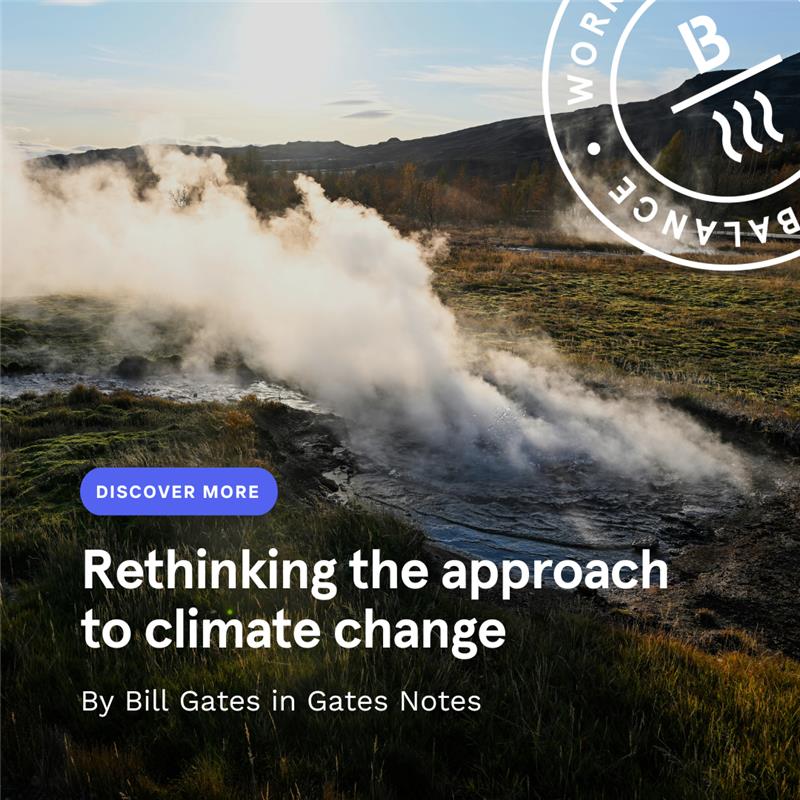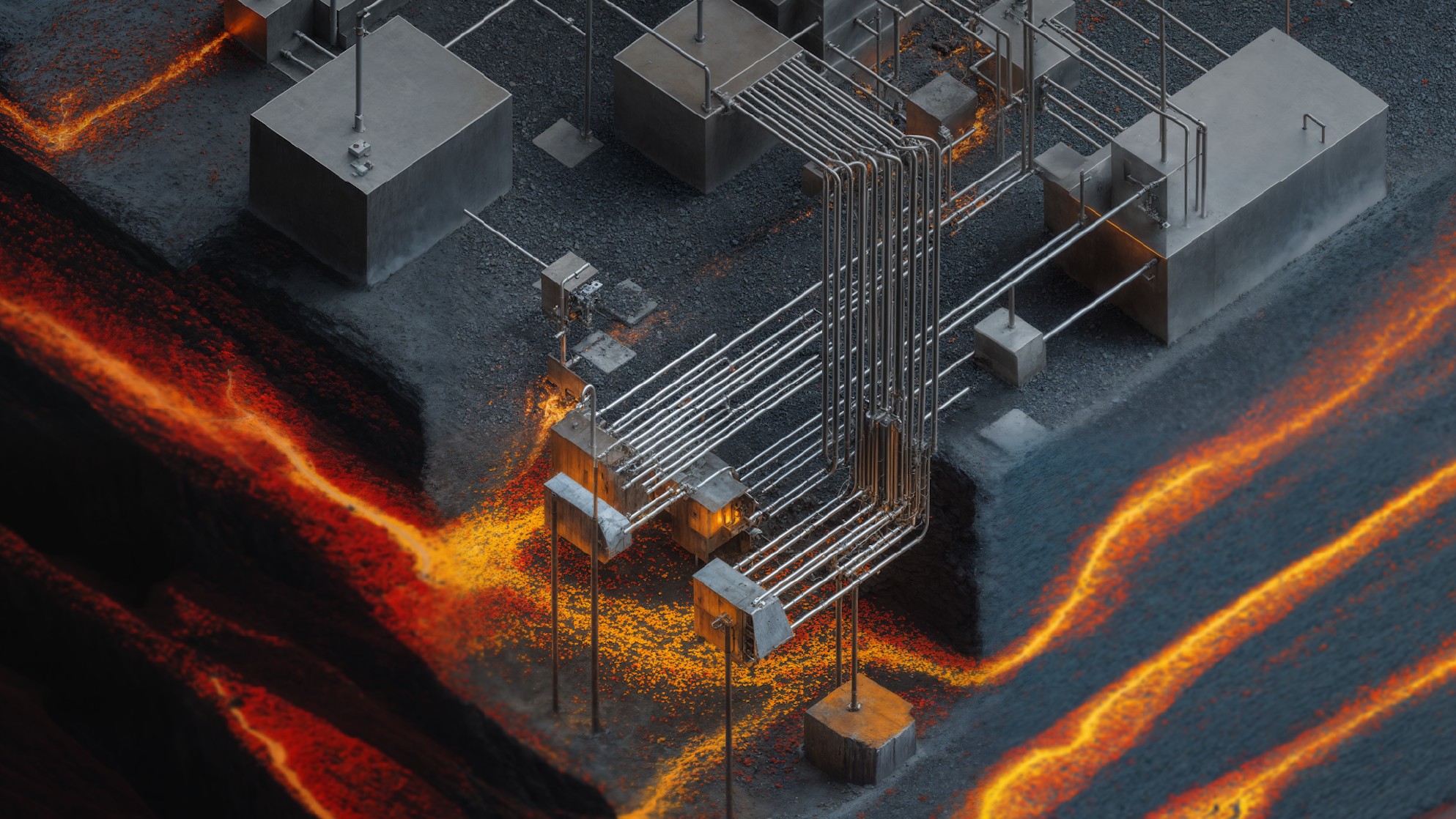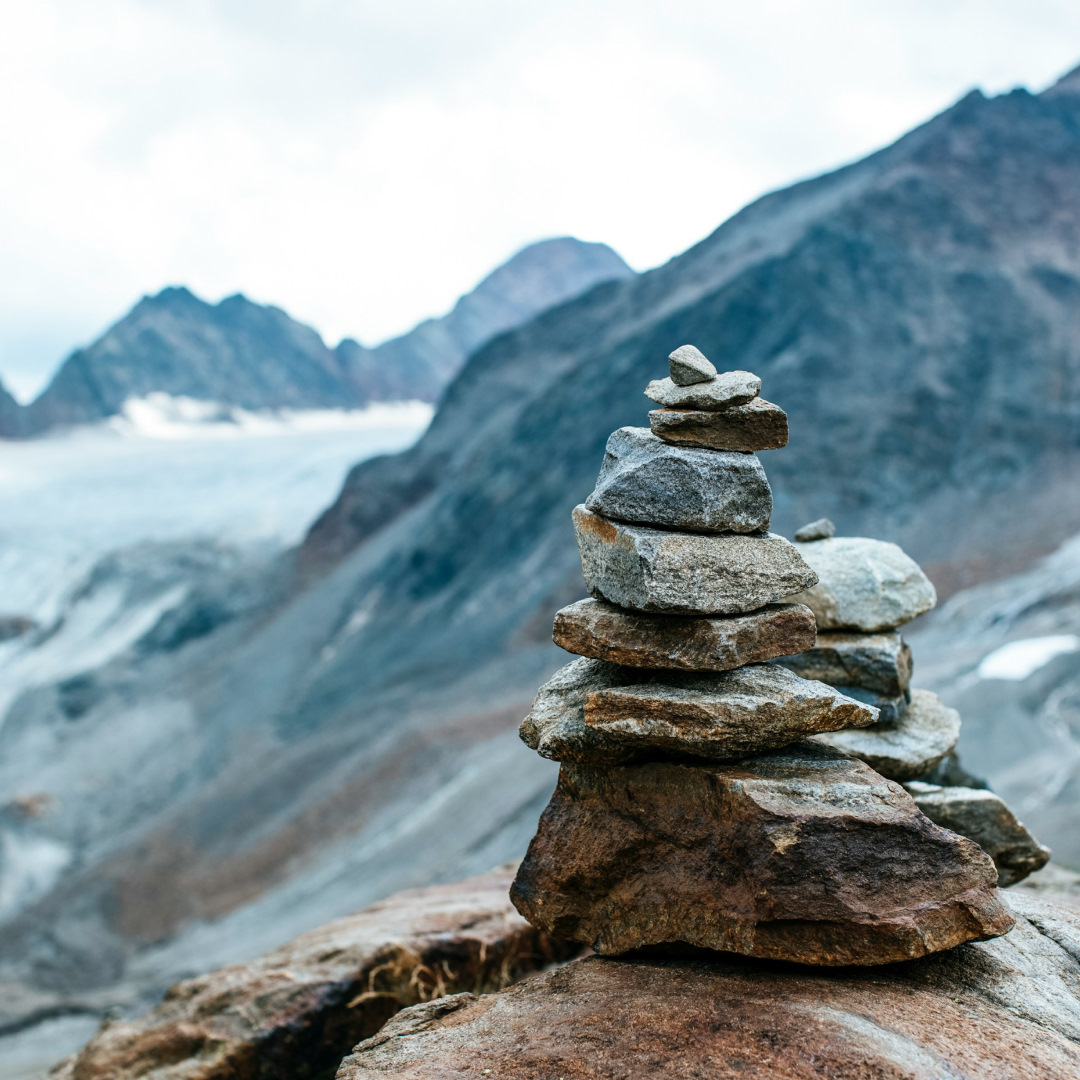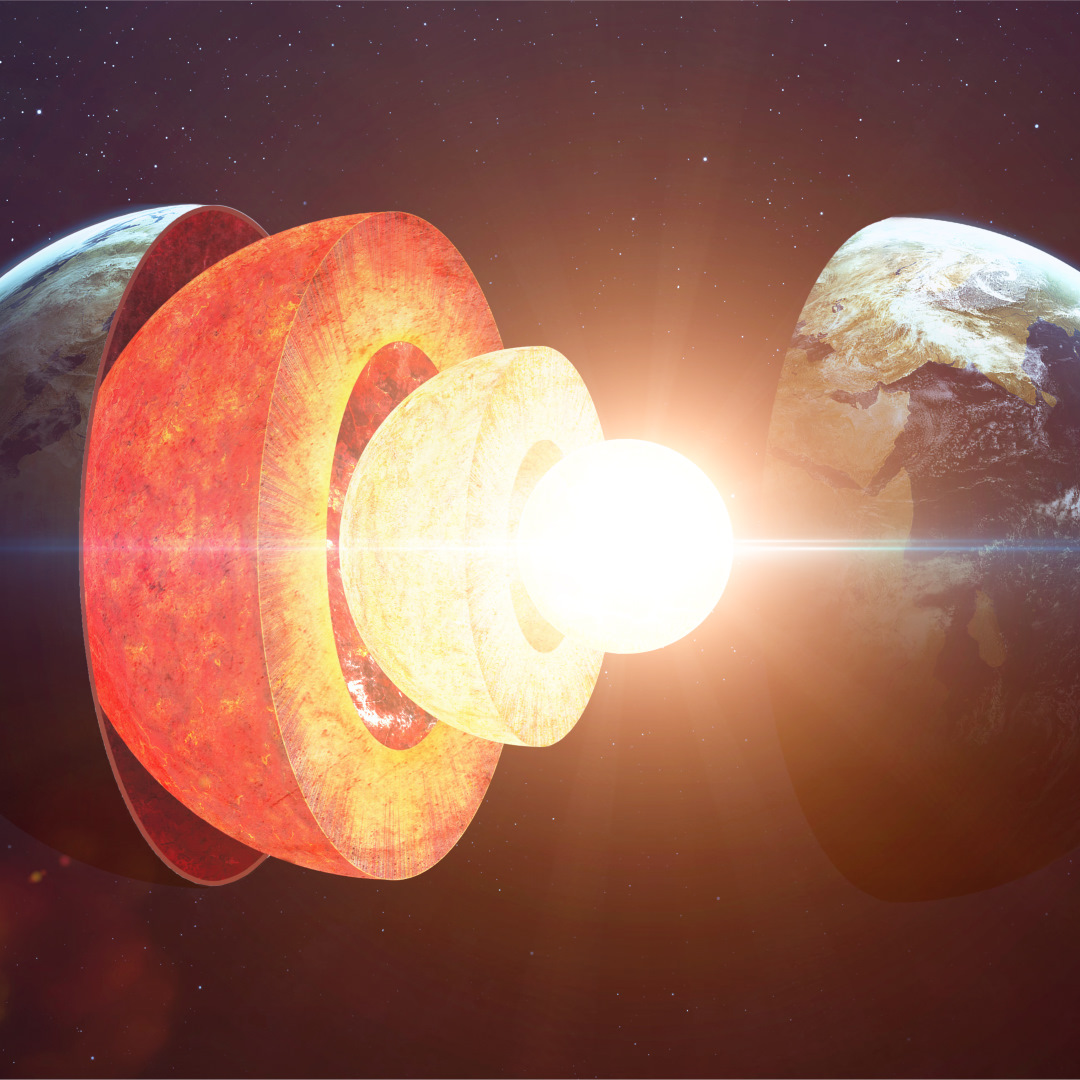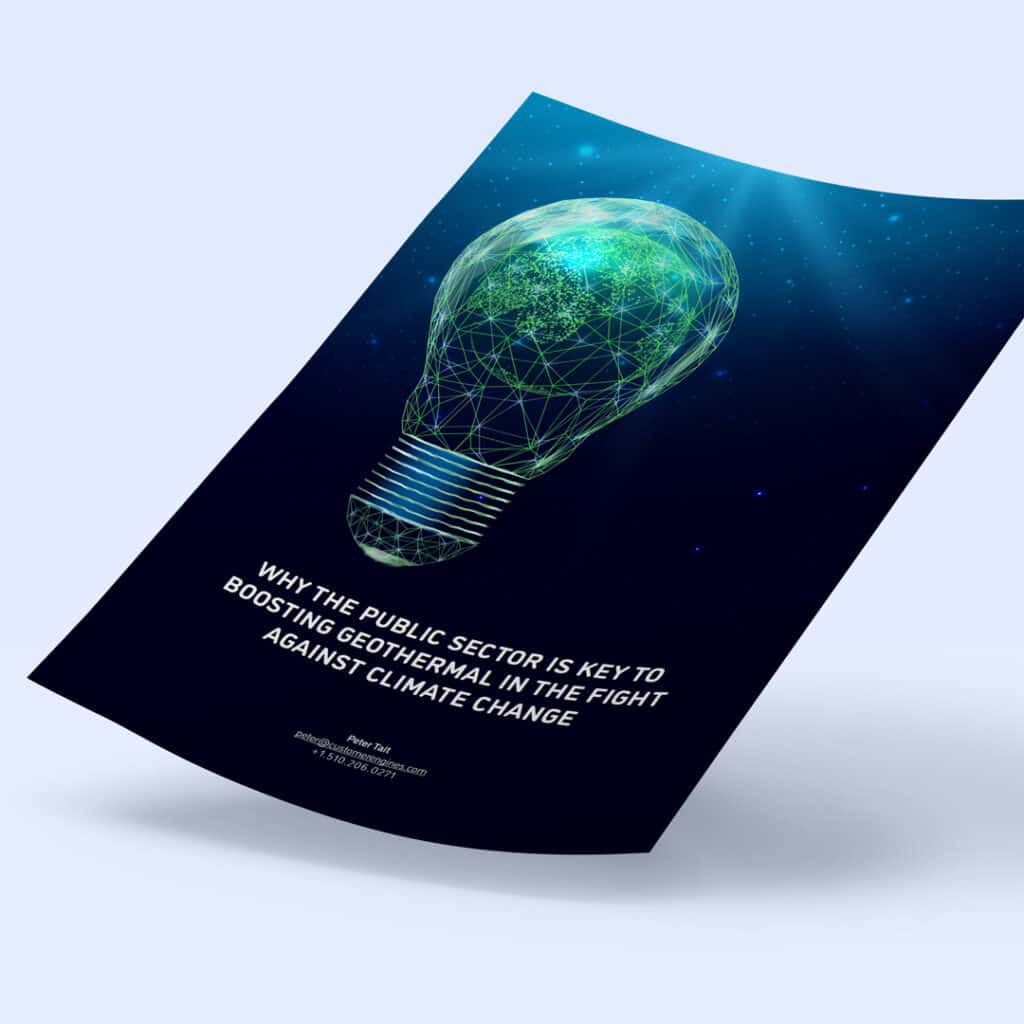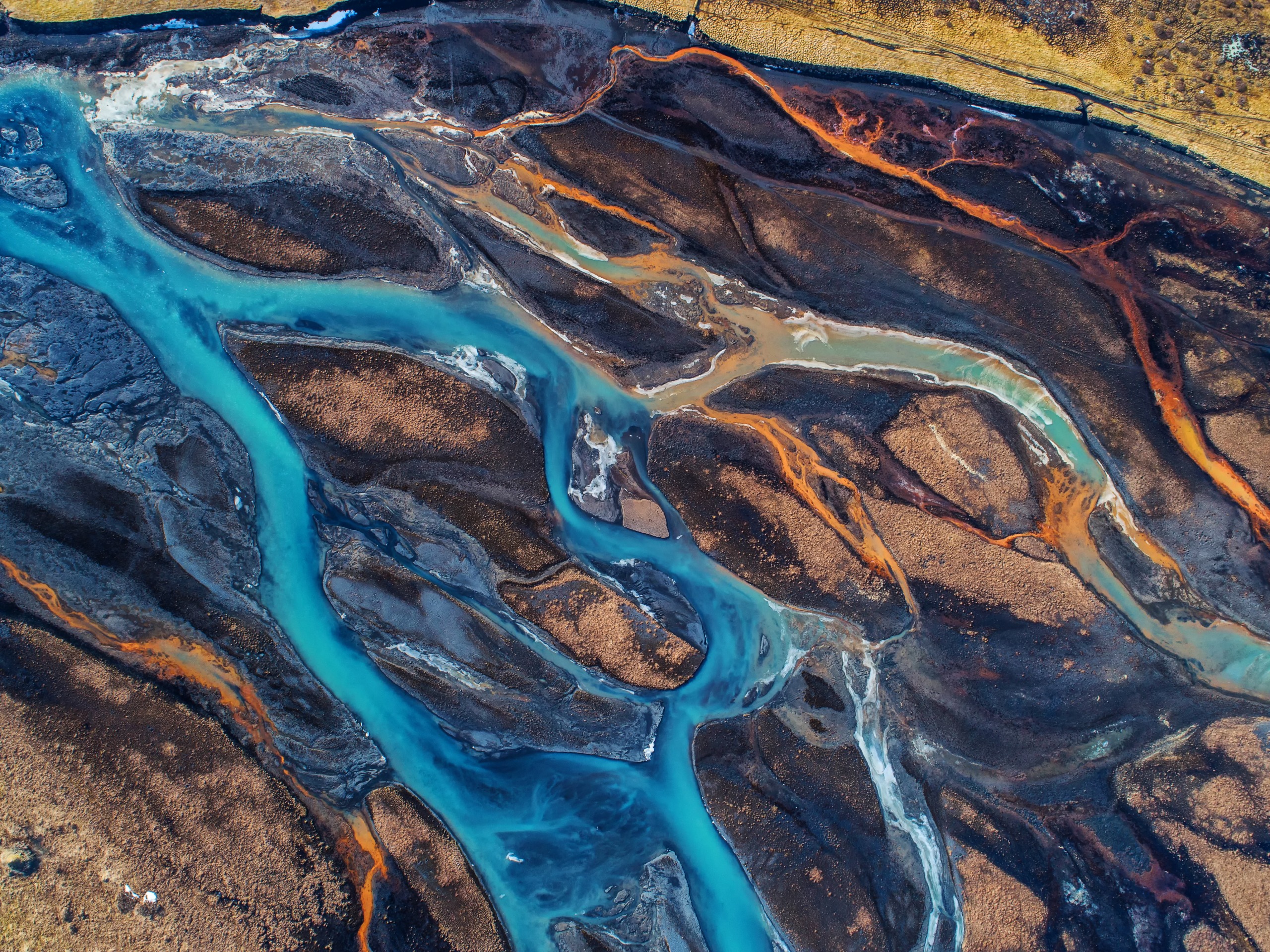Geothermal energy – the missing puzzle piece

Climate change is accelerating at a record speed, causing heatwaves, floods, droughts, wildfires, hurricanes and cyclones. One of the primary drivers of climate change is the fact that humans have been burning fossil fuels like coal, gas and oil for more than 100 years. This has led to a rise in greenhouse gases in the atmosphere, which in turn is heating up the planet.
Mission: to triple renewable energy by 2030
At the United Nations’ COP28 climate summit in Dubai in December 2023, more than 100 countries came to an agreement about the need to transition away from fossil fuels, double energy efficiency and triple global renewable energy capacity by 2030 to fight climate change.
We must accomplish this goal in order to meet The Paris Agreement and limit the global temperature increase to 1.5°C above pre-industrial levels. To say that there is a lot at stake is an understatement.
Renewables are growing fast – but a piece of the puzzle is missing
The good news is that the installed capacity of renewable energy is growing fast. 2023 was the 22nd year in a row that renewable additions set new records, growing by 50 percent.
The bad news is that this is not enough. Currently, most renewable development is solar or wind power. While this is a crucial piece of the puzzle, the intermittent and variable nature of solar and wind power presents challenges when it comes to the reliability and stability of the electricity grid.
Geothermal energy: clean, stable, always on
What is missing then? A stable, baseload source of renewable energy that can deliver the energy security supplied to this point by fossil fuels, but without the greenhouse gas emissions. The good news is that the solution already exists. Earth’s hidden power – geothermal energy – is the missing piece in the renewable puzzle.
Geothermal energy is produced by harnessing the heat beneath our feet, under the crust of the earth. This energy source:
- delivers clean, baseload power and heat;
- is always on, 24/7, no matter the weather or time of day;
- stabilizes the grid and complements solar and wind power.

